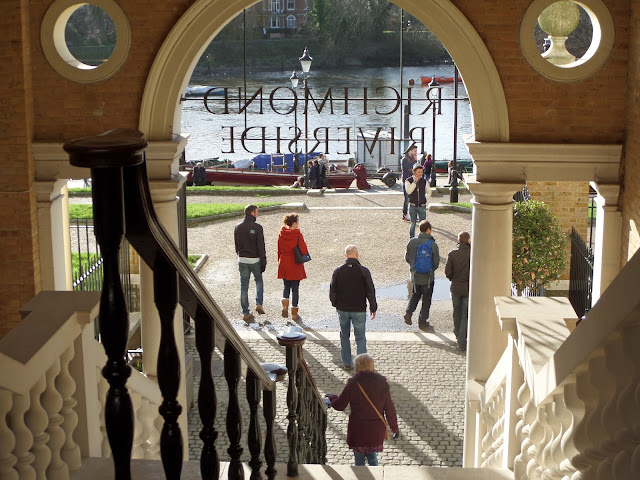 Lab Girl by Hope Jahren
Lab Girl by Hope JahrenThis is an odd cocktail of a book made up of three ingredients, shaken or stirred together with varying success.
First, there’s the science: beautifully written, poetic but rigorous explanations of how trees grow and reproduce: like Biology A level taught by Seamus Heaney.
Second, there’s the story of how a child from ice-cold Minnesota made her way in the world, found love and – well, I won’t give it all away.
Then there’s the inside view of academia: how a scientist makes a living; the interplay of hard graft, hard won connections and the large dose of luck needed to wring a stable livelihood from even the most brilliant work.
Put all that together over 300 pages and sample it a little at a time over a week or so and the effect is like hanging out with someone who goes on about different parts of their life in unpredictable ways. There’s no question that Jahren is an interesting companion. But sometimes you just wish she’s tell you more about the trees and less about her lab partner Bill, and sometimes the other way round.
Ah yes, Bill. It’s hard to believe that this truly eccentric character and his peculiar relationship with Jahren isn’t a work of fiction. He starts as a kind of down-and-out, living in a hole in the ground, then in a car. But he’s completely reliable, the ultimate fixer of things that need fixing in a lab. He works night and day and has no other life – living in the lab as a step up from his previous arrangements.
Jahren is devoted to Bill, and, as his employer and only source of material wellbeing, wracked with guilt about him. There seems to be no sexual or romantic side to their relationship. He’s more like a twin, but she is the leader. According to her allegedly verbatim accounts of their conversations, he’s smart and well-informed, canny and wise. Because Jahren is not hugely self-absorbed, the book sometimes seems to be more about Bill than her. If you don’t want to hear about Bill, you won’t like the book.
What makes the book better than the above may sound is the quality of the writing:
In the end, trees die because being alive has simply become too expensive for them. Whenever the sun is up, leaves are working to split water, add atmosphere, and then glue the whole mess into sugar that can be transported down into the stem, where it meets dilute nutrients that were laboriously pulled up by the roots. A plant can bundle all these treasures into new wood and use it to strengthen the trunk or branches. But the tree also has many other demands: replacing old leaves, making medicine against infection, pumping out flowers and seeds – these use the same raw materials, there are never enough to spare, and there is only so far out or down the tree can go in order to search for them. Eventually it will require more nutrients to maintain the branches and roots that do not grow quite far out enough to capture those nutrients. Once it exceeds the limitations of its environment, it loses all. And this is why you must trim a tree periodically in order to preserve it. Because – as Marge Piercy first said – both life and love are like butter and do not keep: they both have to be made fresh every day.
Whether Lab Girl is more than a set of essays, sewn into a quilt at the insistence of a publisher, is another question. But there's no doubting the quality of the ingredients.
View all my reviews


























